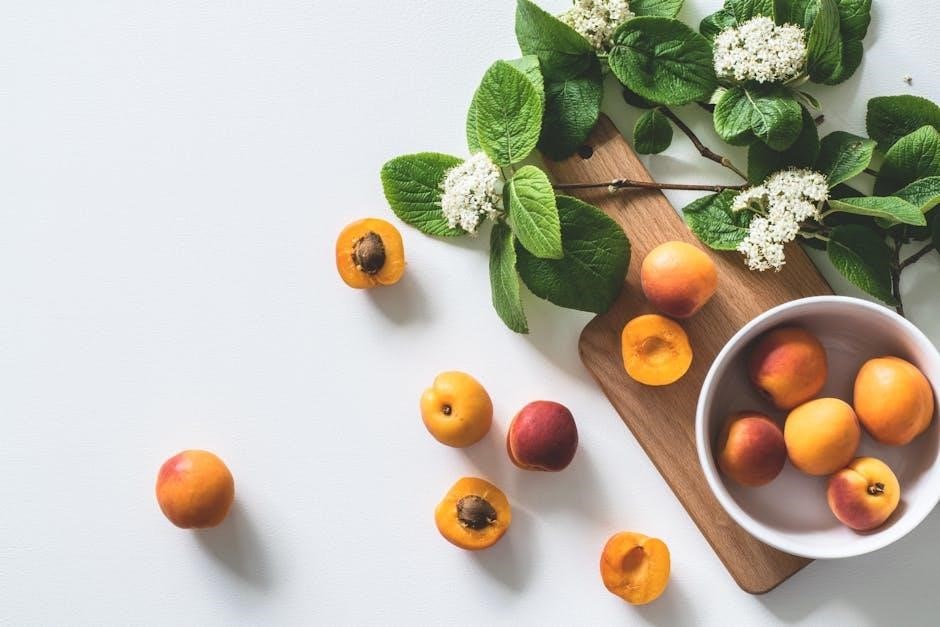The Ayahuasca Diet is a traditional Amazonian practice preparing individuals for ceremonies, focusing on physical, mental, and spiritual cleansing through specific dietary restrictions and intentions.
Overview of the Ayahuasca Diet
The Ayahuasca Diet is a holistic preparation regimen rooted in Amazonian traditions, designed to cleanse and align the body, mind, and spirit for ayahuasca ceremonies. It emphasizes dietary restrictions, psychological readiness, and spiritual intentions, believed to enhance the efficacy of the experience. The diet typically involves abstaining from certain foods, substances, and activities to create a purified state conducive to healing and introspection. This practice is deeply intertwined with the belief that physical and mental clarity allows for deeper connection with the medicine and its transformative potential. By adhering to these guidelines, participants aim to embody respect for the tradition, the shaman, and the sacred plant medicine.
Importance of the Diet in Ayahuasca Ceremonies

The Ayahuasca Diet plays a crucial role in ceremonies, ensuring participants are physically, mentally, and spiritually prepared. It is believed to enhance the safety and efficacy of the experience by purifying the body and aligning intentions. The diet helps prevent adverse reactions and deepens the connection with the medicine, fostering a more profound and meaningful journey. Shamans emphasize its importance, as it demonstrates respect for the tradition and the healing process. By following the diet, individuals create a receptive state, allowing the medicine to work more effectively. This preparation is seen as essential for integrating the insights and transformations that arise during the ceremony.

Physical Preparation Through the Ayahuasca Diet
The Ayahuasca Diet focuses on cleansing the body through specific foods and practices, optimizing physical health to safely engage with the medicine’s potent effects.
Dietary Restrictions and Guidelines

The Ayahuasca Diet involves specific dietary restrictions to prepare the body for ceremonies. Common guidelines include avoiding pork, salt, sugar, and spicy foods, as well as alcohol and caffeine. Emphasis is placed on consuming light, plant-based meals, including fruits, vegetables, and whole grains. Foods high in tyramine, such as aged cheeses and fermented items, are also avoided to prevent adverse interactions. The diet typically begins 1-2 weeks before the ceremony to ensure the body is cleansed and ready. These restrictions help minimize potential discomfort during the experience and enhance the effectiveness of the medicine. Adhering to these guidelines is believed to promote a safer and more profound ceremonial experience.
The Role of Nutrition in Preparing the Body
Nutrition plays a vital role in preparing the body for Ayahuasca ceremonies. A diet rich in whole, organic foods like fruits, vegetables, and grains supports physical cleansing and balances the body’s energy. By avoiding heavy or processed foods, the digestive system is eased, reducing discomfort during ceremonies. Proper nutrition also helps maintain a stable physical state, enhancing the body’s receptivity to the medicine. Additionally, a healthy diet supports mental clarity and emotional stability, which are crucial for navigating the profound experiences induced by Ayahuasca. Shamans emphasize that a well-nourished body is better equipped to handle the physical and energetic demands of the ceremony, ensuring a safer and more transformative experience.
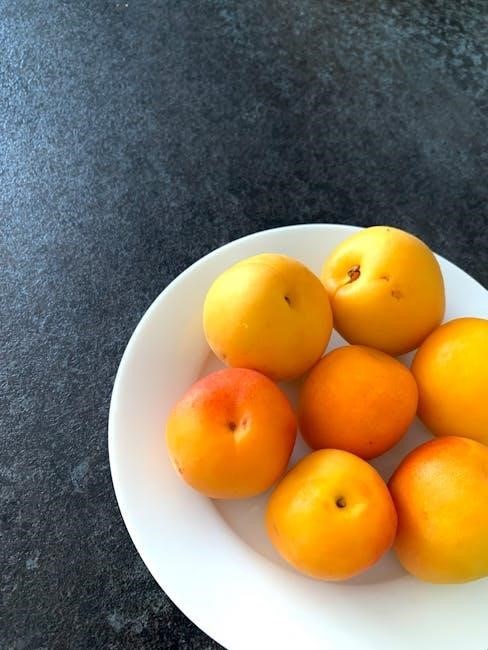
Mental and Spiritual Preparation
Mental clarity and spiritual alignment are essential for Ayahuasca experiences. Practices like meditation, reflection, and setting intentions prepare the mind and soul for deeper connections.
Psychological Readiness for Ayahuasca Experiences
Psychological readiness is crucial for a meaningful Ayahuasca experience. The diet helps clarify intentions, fostering self-awareness and emotional stability. Participants often reflect on their lives, releasing attachments and negative patterns. Meditation and journaling are recommended to process emotions and align with personal goals. The Ayahuasca Diet encourages a mindset of openness and humility, allowing individuals to confront deep truths about themselves. This preparation ensures a more profound and transformative experience during ceremonies.
Spiritual Intentions and Mindset
Spiritual intentions are central to the Ayahuasca Diet, guiding individuals toward clarity of purpose and inner alignment. The diet encourages a mindset of humility, openness, and reverence for the healing process. Participants are advised to set clear intentions, such as seeking self-awareness, healing, or spiritual growth, to focus their journey. A pure and focused mindset helps individuals approach the ceremony with reverence and readiness to confront their inner truths. The diet fosters a deeper connection to nature and the divine, allowing participants to embrace the transformative potential of Ayahuasca with grace and intention. This spiritual preparation is essential for integrating the insights and healing offered by the ceremony.
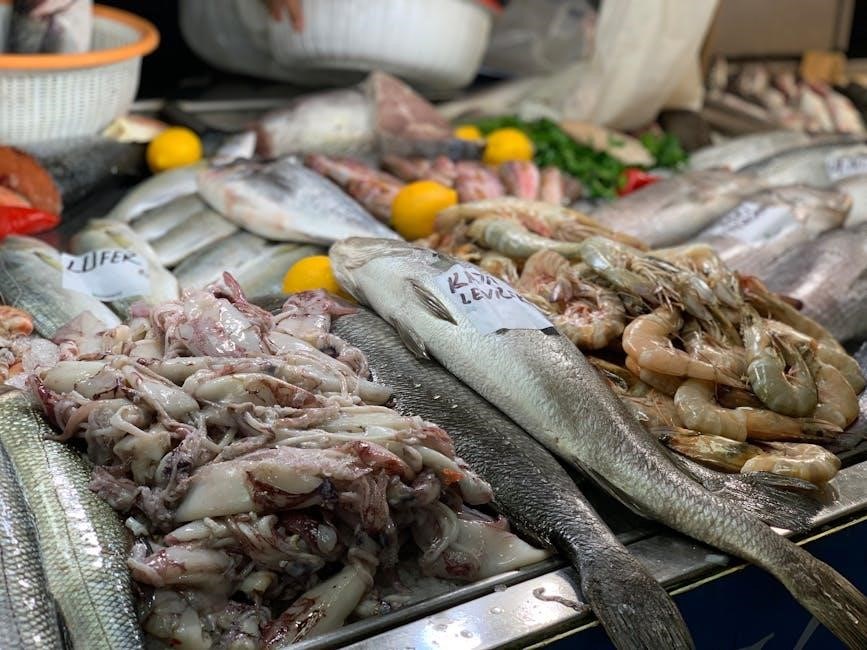
Practical Guidelines for Adhering to the Diet

Adhering to the Ayahuasca Diet involves avoiding heavy meals, staying hydrated, and embracing a simple, nutrient-rich diet to support physical and spiritual preparation for ceremonies.
Food Recommendations and Avoidances
The Ayahuasca Diet emphasizes a simple, clean, and balanced approach to nutrition. Recommended foods include fresh fruits, vegetables, whole grains, and lean proteins like fish and eggs. Avoid heavy, processed, or fatty foods, as well as excessive salt, sugar, and spices. Red meat, alcohol, and caffeine are strictly discouraged to prevent energetic and physical discomfort during ceremonies. It’s also advised to avoid fermented foods, dairy, and anything that could disrupt digestion. Hydration is key, with herbal teas and coconut water being ideal choices. The diet encourages a mindset of self-care and respect for the body, ensuring it is prepared to handle the profound effects of Ayahuasca. Adhering to these guidelines helps create a harmonious connection between the physical and spiritual realms.
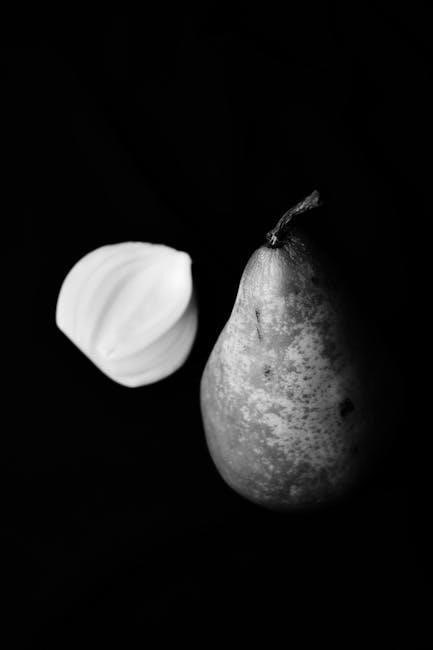
Hydration and Lifestyle Adjustments
Proper hydration is essential for the Ayahuasca Diet, with water and herbal teas being the primary choices. Avoid alcohol, caffeine, and sugary drinks, as they can disrupt the body’s balance. Lifestyle adjustments include maintaining a peaceful environment, minimizing stress, and avoiding strenuous physical activities. Screen time and excessive mental stimulation should be reduced to foster mental clarity. Restful sleep is encouraged to support the body’s cleansing process. These adjustments help align the body and mind, creating a conducive state for the Ayahuasca experience. By adopting these habits, individuals prepare themselves physically, emotionally, and spiritually, ensuring a safe and meaningful ceremony. Consistency in these practices is key to achieving the full benefits of the diet and the subsequent Ayahuasca ritual.
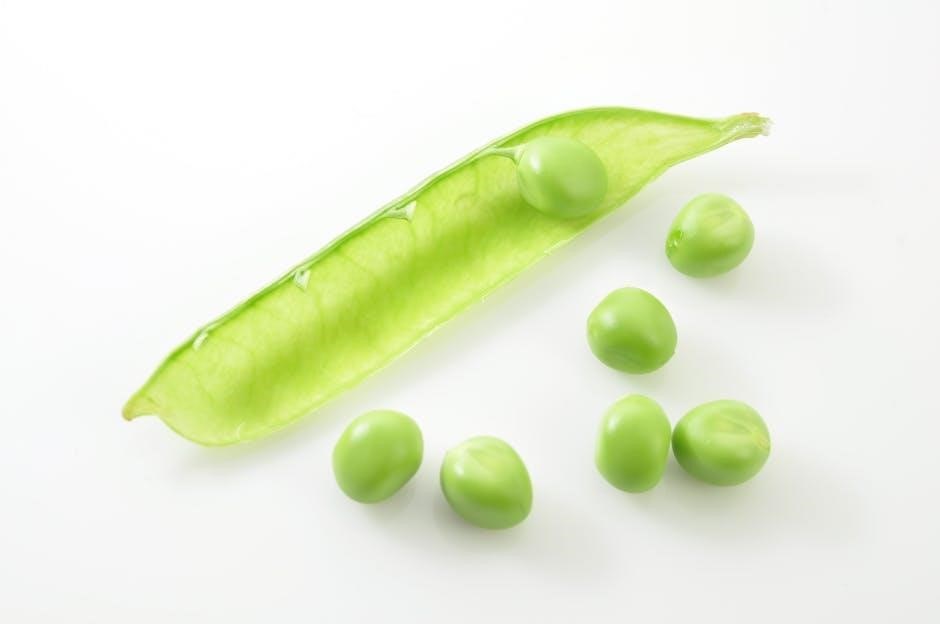
Post-Ceremony Dietary Recommendations
After the ceremony, gradually reintroduce light, easily digestible foods like fruits and steamed vegetables. Avoid heavy or processed meals to support the body’s recovery and cleansing process. Staying hydrated with water and herbal teas is also recommended to maintain balance and extend the spiritual benefits of the experience.
Reintegration into Normal Diet
Reintegration into a normal diet after an ayahuasca ceremony should be gradual and mindful. Start with light, easily digestible foods such as fruits, steamed vegetables, and whole grains. Avoid heavy, greasy, or processed meals, as they can disrupt the body’s delicate post-ceremony balance. Lean proteins like fish or eggs can be introduced after a few days, followed by small portions of healthy fats. It’s important to listen to your body and honor its needs during this transition. Hydration remains crucial, with herbal teas and clean water recommended to flush out toxins. Avoid alcohol, caffeine, and spicy foods for at least a week to ensure a smooth recovery. This gentle approach helps maintain the physical and spiritual benefits of the ayahuasca experience while easing back into daily life.
Continuing Spiritual Practices
Continuing spiritual practices after an ayahuasca ceremony is essential for integrating insights and maintaining balance. Meditation, journaling, and reflection help process experiences and deepen self-awareness. Many participants adopt daily rituals, such as prayer or connecting with nature, to nurture their spiritual growth. Engaging in community or group practices, like sharing circles or retreats, provides ongoing support and fosters a sense of connection. Setting intentions and revisiting them regularly ensures alignment with personal and spiritual goals. These practices not only honor the ceremony’s teachings but also promote long-term healing and transformation. By embedding these habits into daily life, individuals can sustain the profound shifts initiated by ayahuasca, fostering a path of continuous growth and harmony.
The Ayahuasca Diet is a transformative practice that prepares the body, mind, and spirit for profound healing and self-discovery, offering lasting benefits for those who commit to its principles.
Final Thoughts on the Ayahuasca Diet
The Ayahuasca Diet is a profound holistic practice that combines physical, mental, and spiritual preparation, designed to enhance the safety and depth of ceremonial experiences.
By adhering to its guidelines, participants foster resilience, clarity, and self-awareness, which are essential for navigating the transformative power of ayahuasca.
Ultimately, the diet serves as a gateway to deeper healing and personal growth, encouraging individuals to integrate its principles into their daily lives for lasting balance and harmony.
